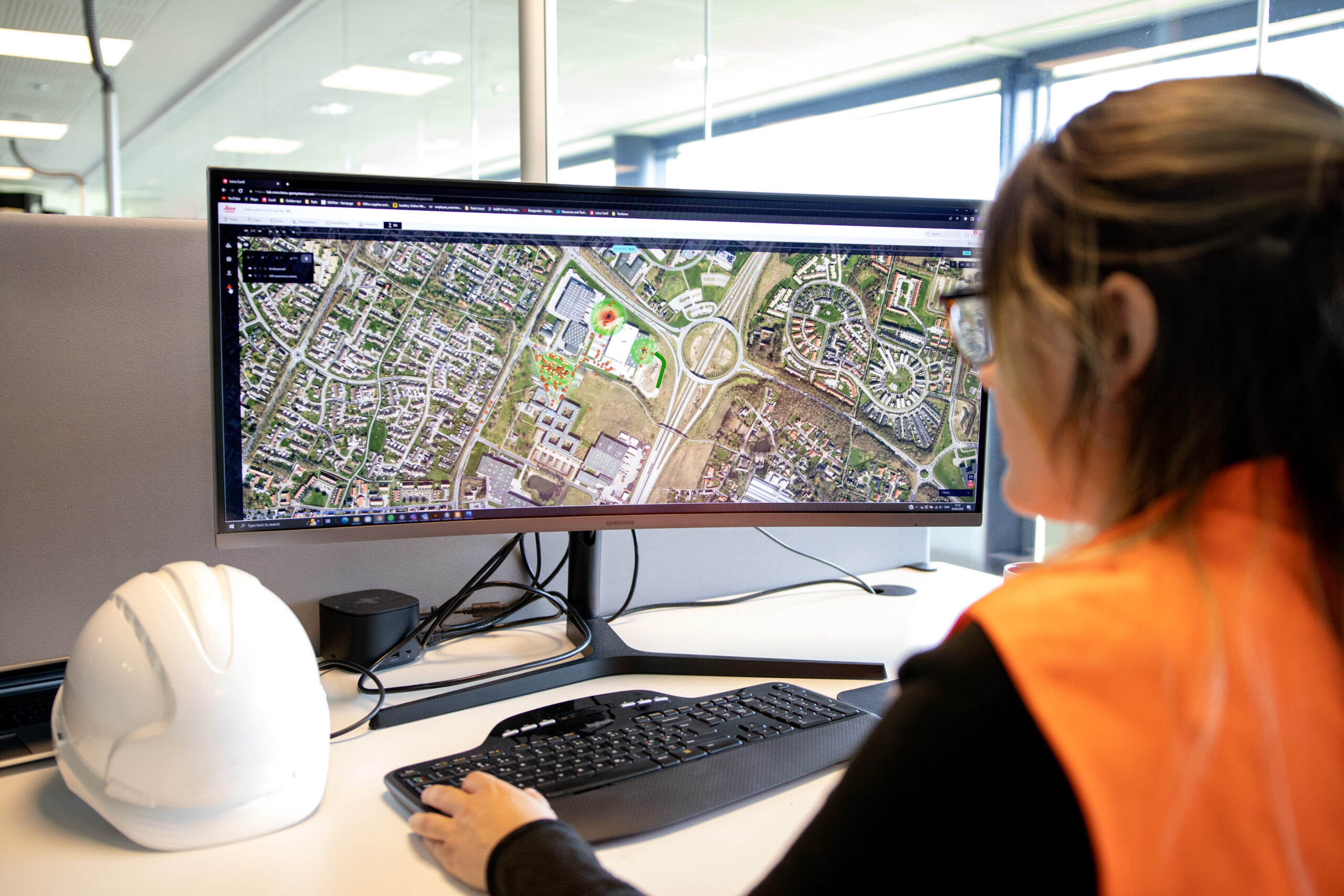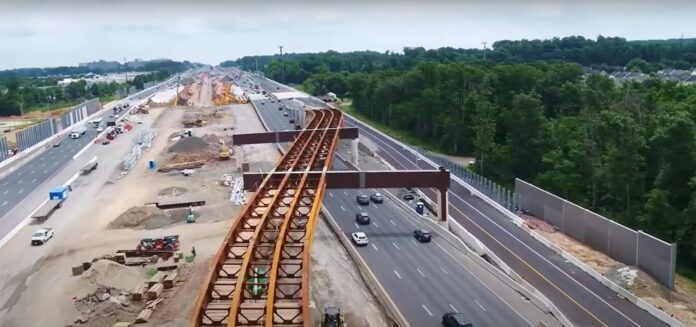The complexity of the construction process makes improving productivity one of the industry’s greatest challenges. Technology offers a solution, but what’s the best way to approach technology adoption?
You can add technology to improve the performance of one machine, but if the machine operator has to wait because another task is behind schedule, you have diminished the impact of the improved machine.
If the paving contractor uses the latest advances but a grading contractor fails to achieve the specific grade tolerances and compaction just before the paving contractor mobilizes in, you might be facing a week or two of delay to fix the problem. Not only will the grading contractor have to protect and maintain the grade during this time, but the delay also impacts the work of subcontractors downstream such as striping, extruded curbs, and inspections. All of these costs affect your profitability as a contractor and roll up to the project owner.
Improving the process requires focusing not on individual tasks but on the entire project. A combination of technologies used across many applications is required to minimize delays and keep individual assets and labor performing at the maximum level.
Verify plans with the right tools
Earthmoving projects often get off to a slow start because of inaccurate project plans. A design from the engineer might show a utility crossing in the wrong place, or a pre-construction topo survey may be based on a grid pattern of 50 intervals which does not account for all surface undulations between the points gathered. In either of these situations, you may have to suspend progress while the team works through requests for information (RFI) and change orders. Once the project is delayed, catching up to meet deadlines may require additional machinery or manpower.
To avoid these situations, never assume that existing topographies, existing utilities, or conditions are as stated on the plans. Instead, use reality capture solutions, ground penetrating radar, LIDAR and other advanced technologies to test your assumptions and validate the accuracy of the plans.
Minimize scheduling conflicts with machine control technology
The proper implementation of both on-machine control technologies and off-machine technologies (rovers, robotic total stations, laser scanners) allows you to use defined benchmarks/control points often set by the surveyor to work with machines and perform tasks such as layout and grade checking without requiring the surveyor to be on site. It’s a successful partnership with the surveyor since you can self-perform the layout tasks on the site while eliminating the need to set grade stakes. The surveyor has fewer site visits, and the opportunity for scheduling conflicts is minimized.
Learn from your data
Collecting data in and of itself won’t help improve productivity. It needs to be distilled into information. With construction technology, you can increase learning, which allows you to make better decisions in the future. You can look at the production values of one machine versus another, one operator versus another, one soil type versus another, etc. You can monitor productivity trends, safety habits, and perform root cause analysis. Cloud based collaboration tools like Leica ConX make the sharing of data from the field to the office a seamless process. Making project data available and accessible facilitates and enriches the learning experience because each stakeholder can update data sets on command and measure what is meaningful to them rather than being stuck with “canned” reports.

Use machine control to work faster and eliminate rework
One foundational key to improved productivity in earthmoving is a proper takeoff and model. If the data put into the machine is incorrect, the machine will build an incorrect grade. A proper takeoff and model will maximize effectiveness on the site when work commences. Machine control reduces the human error factor in the physical movements of the machine with respect to grade. While machine control can make a good operator great, and a great operator a legend, operator engagement and learning are still key to improving performance. Construction technology is about maximizing the effectiveness of every person on the site. If you don’t need someone to set stakes, that person can be assigned other tasks.
Use technology to minimize the impact of weather on productivity
Weather is one of those factors that make construction productivity difficult to control. But there are cases where technology can help minimize delays. Intelligent compaction technology enables you to monitor soil stiffness during compaction, so that you can continue to work during rainfall, at least until the numbers show soil stiffness decreasing.
Use AI to proactively plan your work
Planning the importing of materials and number of trucks needed based upon haul distances/times, etc. with AI allows you to focus on thinking ahead. You can make proactive decisions rather than reacting to events and wondering what just happened. For example, easy to use mobile apps from AGTEK allow you to quickly make assessments on upcoming work based on quantities. This is a quick and accurate way to plan the resources needed for the task. When planning is optimized, efficiency often improves as well.
Use technology to identify and address problems quickly
Much like your physical health, delaying corrective action on a project is typically harmful. Addressing the issue quickly and correctly is the key to restoring the health of the project.
For example, if a machine on a large earth moving site is budgeted to move 1,500 cubic yards of dirt per day but you wait several weeks to complete a survey, you might find that you were averaging 300 cubic yards per day less than budgeted. By the time you discover the problem, you might be 9,000 cubic yards behind on progress.
Without construction technology, it is extremely difficult for a project manager to determine whether a machine has moved 1,200 cubic yards or 1,800 cubic yards. Using technology on and off machines, including reality capture, allows the project manager to measure and analyze production daily or by shift if required.
Understanding the deficiency on the first day allows you to determine the root cause of the production issue and take corrective action immediately. It may be the wrong machine, wrong operator, or the material may be different than anticipated (which could become an opportunity for a change order). With technology, at the start of the second day, you have a 300 cubic yard issue to resolve and can avoid the 9,000 cubic yard issue a month down the road.
When it comes to improving productivity, it’s about looking at the small things, but also how they all relate to one another. Technology will not only help you do tasks right the first time, you’ll be able to learn from your data to minimize delays and reduce costs moving forward.
To speak with a heavy construction expert who can guide you on your technology journey, contact us.






